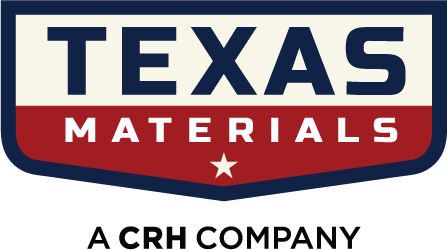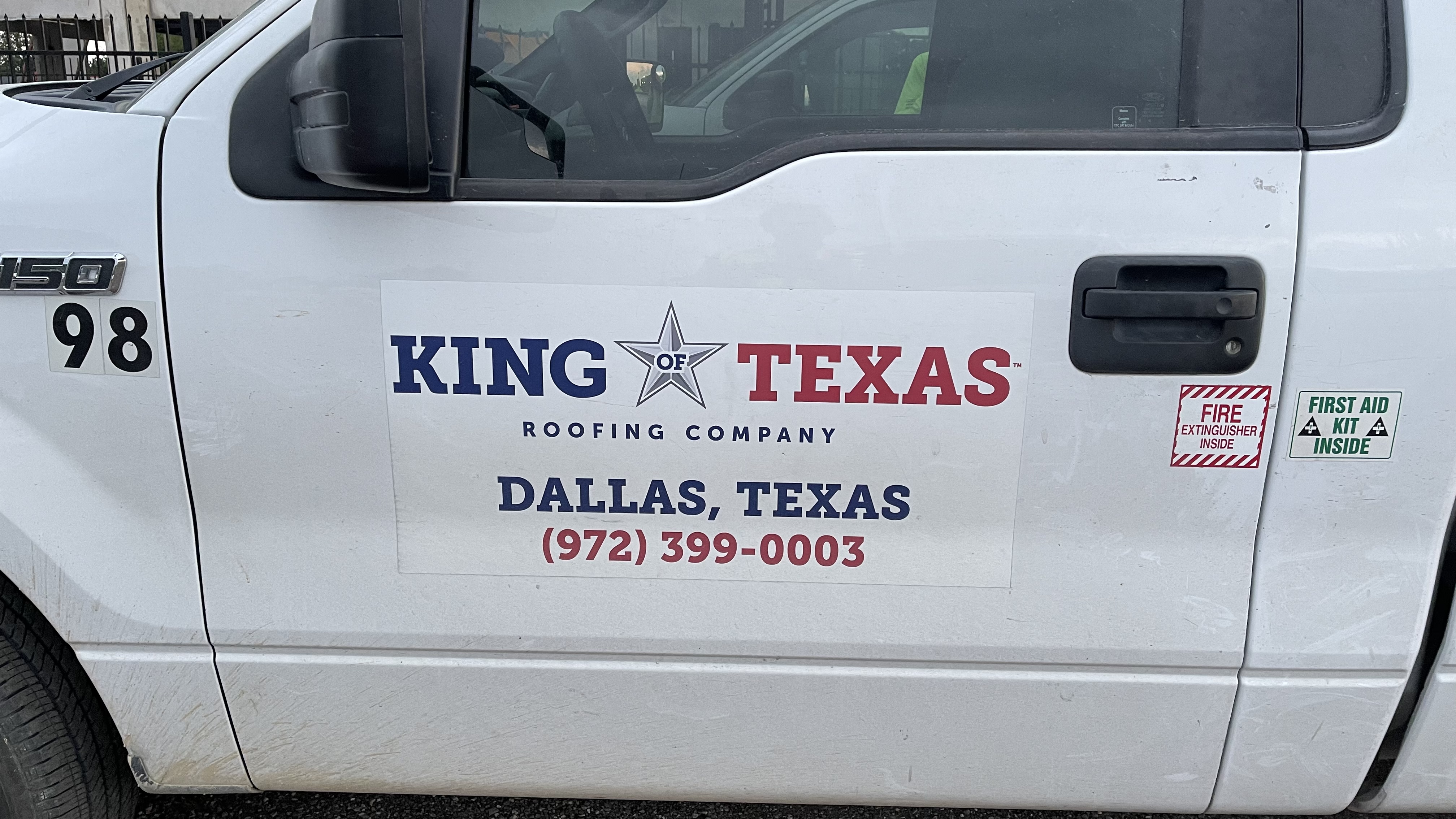General Info
-
Site conducted
-
Conducted on
-
Location
-
Prepared by
-
Site manager/supervisor
Mgmt/Supervisor responsibilities
-
*NOTE* The safety and health of the employees are primary responsibilities of
the supervisors. How well each supervisor carries out this responsibility is an important measure of
his/her ability to perform their operational duties. -
To accomplish our safety objectives, Supervisors will:
• Assure that safety and health rules, regulations, policies, and procedures are understood and
observed.
• Require the proper care and use of all needed protective equipment.
• Identify and eliminate job hazards promptly by completing thorough risk assessments prior to
assigning or conducting tasks.
• Receive and take initial action on employee suggestions and concerns.
• Conduct and/or observe and actively participate in safety meetings on a weekly basis.
• Train employees (new and experienced) in safe and efficient methods of accomplishing each
job or task as necessary.
• Report all accidents and injuries to safety teams as per Incident and Injury Reporting Policy.
• Participate in investigations and inspections.
• Promote employee participation and engagement in the safety and health program.
• Actively follow the progress of injured workers and display an interest in their rapid recovery
and return to work.
Employee responsibilities
-
Each member of the Texas Region has the following responsibilities:
• Understand and observe all Company safety and health rules and apply the principles of
accident prevention in day-to-day duties such as using proper safety devices and personal
protective equipment as required by the Company.
• Reporting any job-related injury, illness, or property damage to a supervisor as soon as
possible following the Incident and Injury Reporting Policies.
• Promptly reporting hazardous conditions (unsafe equipment, materials, etc.) to a supervisor or
safety representative.
• Do not report to work under the influence of alcoholic beverages or drugs.
• Refrain from fighting, horseplay, or distracting fellow workers.
• No employee shall take on a task or operate equipment unless trained and qualified to do so.
• Seat belts must always be worn by all people in all vehicles and equipment. The driver is
responsible to ensure that all passengers are wearing seat belts prior to putting the vehicle in
motion.
• Actively support and participate in the Company’s safety program.
General safety rules
-
The following Safety Rules apply to ALL persons working for CRH Texas Region Companies:
-All safety standards and procedures will be followed at all times.
-All injuries and incidents shall be reported to the Supervisor as soon as possible following the
Texas Region Incident and Injury Reporting Guidelines.
-No employee shall knowingly be permitted to work while his/her abilities or alertness are
impaired by excessive fatigue, illness or other causes (i.e. prescribed medication).
-Risk assessments must be conducted prior to performing tasks to reduce the potential for
injuries and accidents.
-All posted safety signs shall be obeyed.
-Personal protective equipment (PPE) will be worn in areas where it is required and as
appropriate for the task(s) being conducted.
-Safety Data Sheets (SDS) should be reviewed before handling any unfamiliar chemicals to
understand hazards and related PPE that may be required.
-Use of improper or defective tools or equipment is prohibited.
-When not in use, vehicles and equipment should be secured with ignition keys removed to
prevent unauthorized use or theft. -
*Subcontractor’s employees on the Project shall wear
the following PPE at all times: ANSI-compliant hard hats; ANSI-compliant safety vests/apparel; shirts with
sleeves; and long pants. All other PPE (e.g., foot protection, hearing protection, respiratory protection,
eye and face protection, etc.) shall be used as required by applicable regulation or contract.*
Risk assessment
-
Documented Risk Assessment Policy in place and accessible to all employees and/or contractors.
-
Evidence that the risk assessment program is being followed. *Provide media evidence*
-
Site safety briefings conducted and documented with contractors when they arrive at facility. (if applicable)
-
Are contractors been informed to follow all PPE<br>requirements?
-
Ensure site personnel is listing required PPE on risk assessment.
-
Additional comments/concerns:
Use of Personal Protective Equipment (PPE)
-
*No employee is permitted to work without the required PPE*
-
Documented PPE policy in place for all areas of operation/tasks.
-
Is site personnel informing contractors/3rd party drivers of our PPE requirements and periodically observing that they are wearing it?
-
Daily visual inspections of PPE are carried out by employees at this facility/location prior to use.
-
If an asphalt plant: PPE is available and used per policy for<br>exposure to hot liquid asphalt cement during line breaking,<br>line connecting, sampling, loading and offloading activities,<br>etc. (both employees and contractors)
-
If an asphalt plant: All affected employees understand<br>and adhere to the AMAT Guidance and Control Strategies<br>regarding Hydrogen Sulfide (H2S) exposure? (as outlined in<br>the Reference Bulletin)
-
If dust masks are worn by employees on a voluntary basis,<br>Appendix D is signed by employee.
-
*CRH / Americas Materials requires that ANSI Class III High-Vis apparel is worn by all employees while on a project site during the day or night.*
-
Employees are wearing (ANSI) class III high-vis apparel in areas exposed to<br>equipment or vehicle traffic.
-
Additional comments/concerns:
General PPE audit questions
-
Are hard hats being used?
-
Is (ANSI) class III high-vis apparel being worn? (if applicable)<br>
-
Are safety glasses or goggles being used?
-
Are safety toe boots being worn?
-
Is hearing protection available and used when required?
-
Are proper gloves readily available and worn when required?
-
All PPE being worn in good condition.
-
Are dusts masks made readily available?
-
Does the supervisor/foreperson have extra PPE?
-
Are loose clothing, adornments, and hair suitably controlled/confined to prevent entanglement with any machinery and/or device?
-
Additional comments/concerns:
Liquid AC loading/offloading *required* PPE
-
Is a hard hat for AC loading/offloading have an adequate face shield with chin guard in good condition and readily available?
-
Are safety glasses being used?
-
Is Thermal Resistant Outerwear with long sleeves (lab coat<br>or flame-resistant jacket preferred, a long sleeve shirt is<br>not adequate unless flame resistant), pants long enough<br>to cover the ankles, high top leather steel toe boots being worn?
-
Are neoprene rubber gloves or adequate heat resistant gloves in good condition and readily available?
-
Is the H2S monitor available and functioning?
-
Additional comments/concerns:
Arc flash *required* PPE
-
Are the flash resistant clothing, coveralls or uniform in good condition and readily available?
-
Are the adequate arc flash hard hats with face shield in good condition and readily available?
-
Are the adequate gloves made available with arc flash equipment and in good condition?
-
Arc flash gear is appropriate for the voltage exposure.
-
Arc flash gear is currently certified (gloves) and apparel matches exposure.
-
Additional comments/concerns:
Behavior based safety












